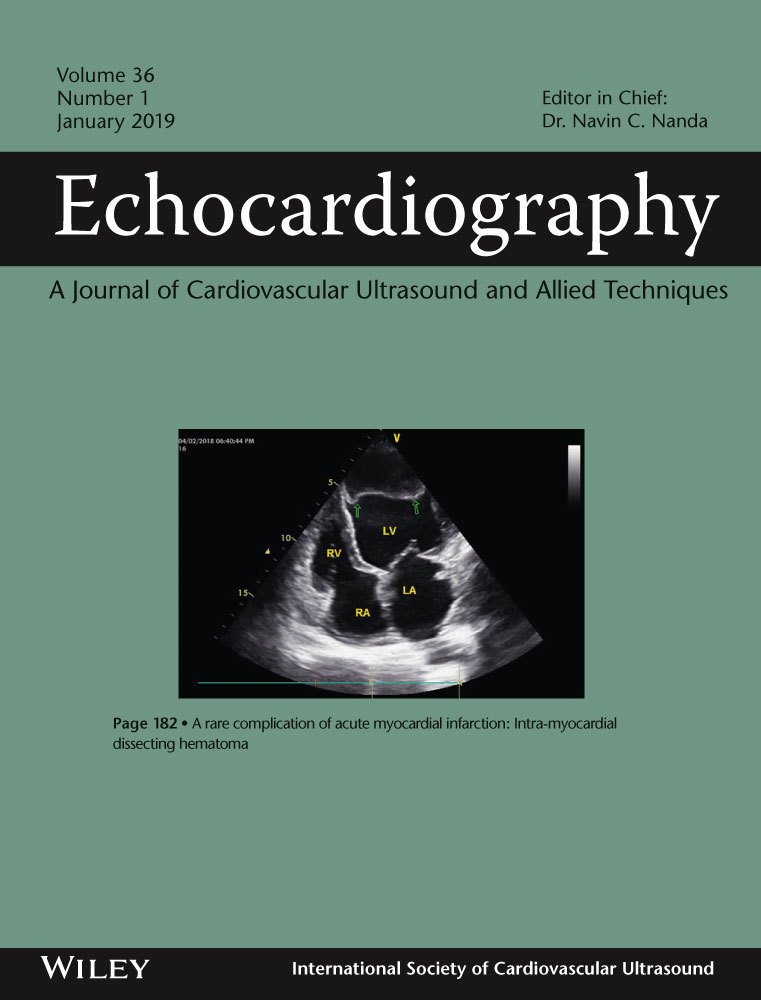Persistence of a pacemaker lead-like “ghost” 6 months after lead extraction
Abstract
Residual fibrous structures, referred as “ghosts”, are occasionally encountered following lead extraction. Though typically detected in patients with cardiac device infections, their prognostic and therapeutic implications remain speculative. We describe a 62-year-old gentleman with history of sick sinus syndrome who presented atrial fibrillation with rapid ventricular response. The patient had history of transvenous lead extraction following pacemaker pocket infection 6 months earlier. In echocardiography, an echo-dense tubular lead-like structure was seen that followed the route of a pacer lead from superior vena cava to right atrium and then passing through the tricuspid valve into right ventricle.




